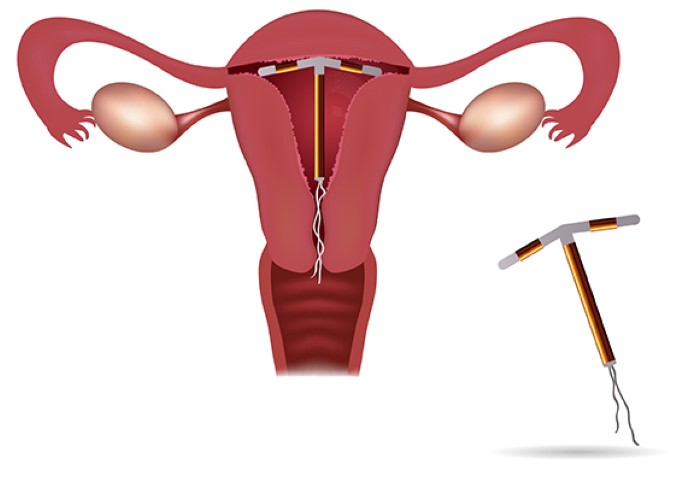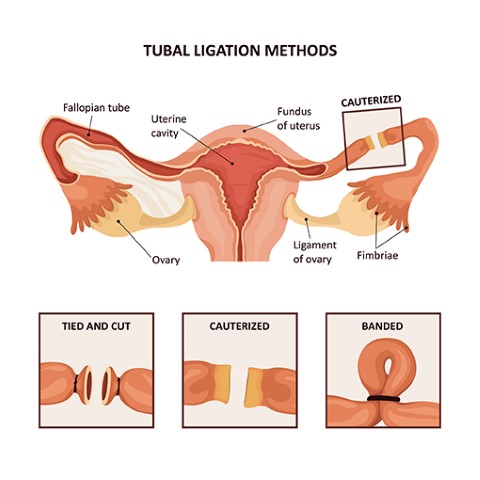What is a contraceptive pill?
Contraceptive pills, also called birth control pills are tablets taken that contain hormones to prevent pregnancy after an unprotected sexual encounter. One of the most effective methods of birth control, oral contraceptive pills are also considered to be safe and convenient.
In India, several birth control measures are available for avoiding pregnancy, for both men and women, ranging from condoms, simple pills to even intrauterine devices. However, the majority of them are centered for use in women. Amongst these measures, a contraceptive pill is a kind of oral medicine, meant for women that are easily available in a pharmacy, used to avoid pregnancy.



How does it work?
Hormonal contraceptives usually stop the body from ovulating, inhibiting your body’s natural hormones thus preventing pregnancy i.e., fertilization of the egg. Contraception aims to avoid pregnancy by keeping the egg and the sperm apart. They also make changes in the cervical mucus, making it difficult for the sperm to go through the cervix and find an egg. These pills report a success rate of up to 99%, but only if taken regularly.
In India, several birth-control measures such as condoms, implants, birth control shots, and contraceptive pills are available, however, it is necessary to choose the right method.
Contraceptive pills are extremely safe to use, only sometimes they can result in some side-effects such as:
- Nausea
- Spotting or light periods
- Weight gain
- Sore breasts
- Headaches
- Abdominal pain
- Blurred vision
If you start experiencing any of the side effects of contraceptive pills mentioned above for a considerable amount of time, visit a doctor to assess your situation.
Choosing the safest contraceptive pill
As per research, the best oral contraceptive pills in India include Saheli, Unwanted 21 days, Yasmin, Centron, etc. Saheli can be considered to be one of the safest of all pills as it is the only non-hormonal oral contraceptive pill available in India currently. Being non-hormonal, it is also the world’s first and only oral non-steroidal birth control pill that can avoid the occurrence of hormone-related adverse events seen with hormonal pills. Saheli, launched by HLL in 1991, is free from side effects like weight gain, nausea, vomiting, headache, etc. It contains the molecule ‘Centchroman’ (ormeloxifene 30mg). Unlike other contraceptive pill brands, Saheli does not contain hormones like estrogen or progesterone or a combination of both, thus making it one of the recommended safest birth control pills. The usual dosage is one pill per week however you can consult your medical provider and alter your dosage based on your body type.
As per an expert’s opinion, the majority of women aged less than 40, should go for the combined use of condoms and pills to ensure double safety, from avoiding pregnancy and also prevent STDs.



When it comes to pregnancy, there are various types of pregnancy tests available in the market. Pregnancy kits available in the market is the easiest way of pregnancy confirmation without any hassle. It is not only convenient but provides quick and effective results.
What is a pregnancy test kit? How does it work?
A pregnancy test is used to detect the confirmation of pregnancy. It consists of a tag that measures the fertility hormones in your semen by determining the level of HCG Hormones (Human Chorionic Gonadotropin) in your urine. The pregnancy tests provide instant results; the detection of HCG usually takes 2-3 minutes for a better outcome.
Types of Pregnancy kits and how to use pregnancy kit
There are primarily two types of pregnancy kits available in the market:
- Strip-based Pregnancy test kit
The most common pregnancy test consists of a strip on which urine is put in a clean tank on the strip. A dropper is provided to put 2-3 drops of urine into the test area. The strip shows results in 30-60 seconds with 3 possible outcomes:
Positive: Two red bands on the pregnancy kit strip indicates a positive test result.
Negative: One pink band on the pregnancy kit strip indicates a negative test result.
Invalid: If one band is darker than the other, it is an invalid test. It is advised to take another test the next morning to validate the results.
2. A cup test Pregnancy kit
In this type of Pregnancy test, a strip and a urine collection cup are provided; firstly, the urine is collected in the given cup, and then the strip is dropped in the cup. This test takes around 30 seconds to detect the HCG hormones in the urine and show the results, either correct, negative, or null.
Choosing the best pregnancy test kit in India
There are several pregnancy test kits available in the Indian markets, such as Preganews, Velocity, I can, MeriScreen hCG, etc. These kits are extremely easy to use and give up to 99% accurate results depending upon the brands. These test kits determine the HCG (Human chorionic gonadotropin) hormone level in urine and are available in either strip or cup forms as mentioned above. Pregnancy kits are not only easy to use but also a convenient and most affordable method to detect pregnancy.



Although a plethora of brands offers pregnancy kits, it is necessary to use the most efficient kit that gives accurate pregnancy test kit results. Here are few best pregnancy kits available in the Indian Market:
- PregaNews Pregnancy Kit
- ICAN Pregnancy Test Kit
- Velocity Pregnancy Test Kit
A test result on a pregnancy test kit can be life-changing. Hence, it is paramount to choose the best pregnancy kit available in the market that’ll give you a quick result.
As one of the effective ways of preventing pregnancy, Contraceptives are widely accepted by the public especially the younger generation. Due to advancements in technology, the side-effects of contraceptive pills have diminished ensuring safety. People also have a wide variety of choices when it comes to contraceptives and even pregnancy kits. Pregnancy kit test results are a safe way of determining pregnancy and a variety of pregnancy kits are available in the market to understand the pregnancy status at home keeping confidentiality in check.









